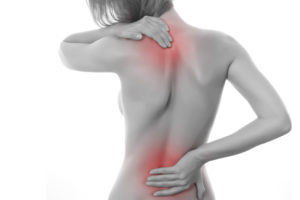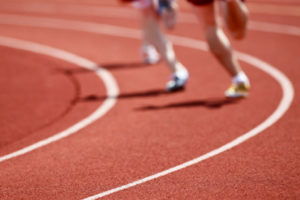The image of professional athletes being massaged is common. Many will have massage done daily in a bid to aid recovery and boost performance. So why has it become a key component of sporting life?
Professional athletes utilise many methods in an attempt to gain performance boosts and help them make the most of training. This makes it difficult to measure which aspect is giving them improvements- training, nutrition, massage, hydration, sleep to name a few. These things contribute to percentage gains. The theory behind massage makes it a perfect fit for sports performance and for improving freedom of movement and flexibility. The bodies’ circulation relies on pressure changes, using mechanical pressure we can alter relative pressures to stimulate circulation. When you have a massage the area becomes warm and red indicating increased circulation. Blood, lymph and other fluid is moved through the tissue. This circulation can aid soft tissue recovery through new nutrients and blood flow brought into the tissue and old waste products being removed. Massage aims to do this without adding any muscle fatigue that exercise could induce. This can be helpful if repeated efforts are needed on consecutive days.
The body’s connective (fascial) tissues link various other body tissue (muscle, bone, tendon etc.) to transfer force, absorb shock and pressure, provide adaptability and elasticity. These tissues are responsive to mechanical pressure and positions. Have you ever noticed you feel quite stiff getting out of bed in the mornings or after sitting in the cinema? There is no permanent change made to the lengths of your muscles here, merely a temporary increase in tension and reduction in fluidity of the soft tissues. If you spend enough time in these positions every day the body would then try to make that adaptation permanent- whether healthy for you or not. Massage can use pressure stimulation which creates vibration and alters this tension response. As a result you get increased freedom of movement and flexibility. When done regularly and in combination with exercise you can help make this more permanent. This helps to keep the necessary range of movement available for sporting activity.
The act of touching and manipulating the soft tissues also appears to have an influence on their sensitivity. In the days after exercise the muscles are often sore due to the protection required to allow them to adapt and strengthen. This leads to tightness which hampers further training. Varied pressures, temperatures and vibrations stimulate the nervous system throughout the whole body influencing the level of sensitivity. Nerve input to the spinal cord is blended together for various different types of sensation- including danger messages- using massage can help to reduce the sensitivity and leave the area feeling looser. This can help in subsequent days to maximise training quality.
These effects will be similar whether you are an elite athlete or not. So if your aims are to feel looser, more mobile and less tense from work or recover more quickly from sport then sports massage could be a good fit for you.




